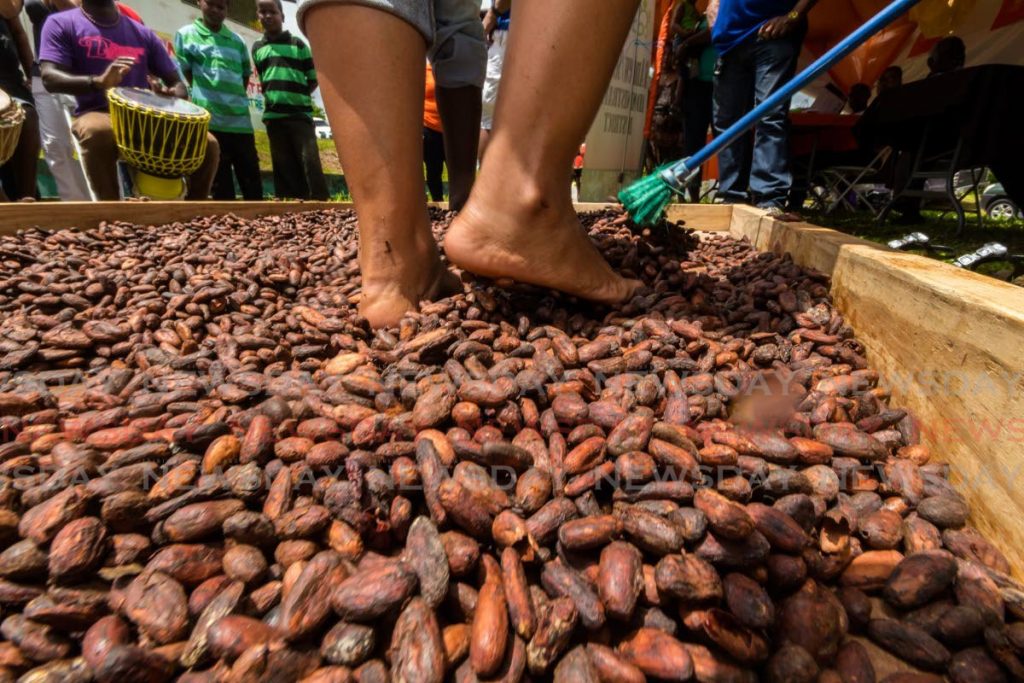Put our cocoa in the sun

Cocoa from Trinidad held its own in global rankings last week, when cocoa beans cultivated by Annette Mills, Winthrop Harewood and the farmers of the Four Roads Tamana Cluster made the top 50 cut in the Best of the World rankings.
In October, the flavourful beans will go on to compete in the next round of the international Cocoa Excellence programme. Blind-evaluated from a field of 235 entries from 53 countries, these beans were submitted from the winners of TT's 2021 National Cocoa Awards.
In 2019, Martin and Jacqueline Matthew of the Four Roads Tamana Cluster won an International Cocoa Award for their beans.
These successes mark another step in the steady revival of the national cocoa industry as one of the efforts at economic diversification that have won the support and attention of the government.
In any evaluation of the local cocoa industry, the role of the Cocoa Research Centre cannot be underestimated.
The centre has been around longer than the University of the West Indies, established at the end of "King Cocoa's" reign in the 1930s, a century after this country was ranked third in global cocoa production. At the industry's peak, 34,000 tons was being exported each year.
By 2017, however, production had dropped to 500 tonnes. The decline began during the Great Depression in the 1920s, further accelerated by witchbroom disease in 1928, which devastated local crop yields.
Changing market conditions as West Africa brought a glut of product to market, then oil production, lured the workforce and government attention to easier money.
The revival benefited from the International Cocoa Genebank established in 1982, a carefully tended collection of cocoa specimens from all around the world, where the science of genetics and the engineering of harvesting are studied.
Cocoa production is a long game. From tree-planting to harvest, a farmer must wait five years before picking a single pod. Improving crop yields and farming processes take even longer, but it's vital that these advances continue.
The marketing and downstream use of this country's Trinitario beans is also improving. TT's beans are not a mass market product, commanding less than five per cent of the overall world market.
But they have a future as a premium product for discerning palates, encouraging homegrown initiatives, Trinitario-powered chocolate products and, most recently, a new Angostura Cocoa Bitters.
Too much of the 90,000 hectares of land earmarked for cocoa production still lies idle. But Cocoa Republic's Christopher Boodoosingh, 2019's EY Entrepreneur of the Year, wants to plant a million more cocoa trees by 2025.
These efforts must be encouraged and supported. This is a field where this country is excelling once again. This revival in a once-renowned indigenous product can prove a small but important means of diversification, adding to TT’s unique exports and raising the country’s profile.

Comments
"Put our cocoa in the sun"